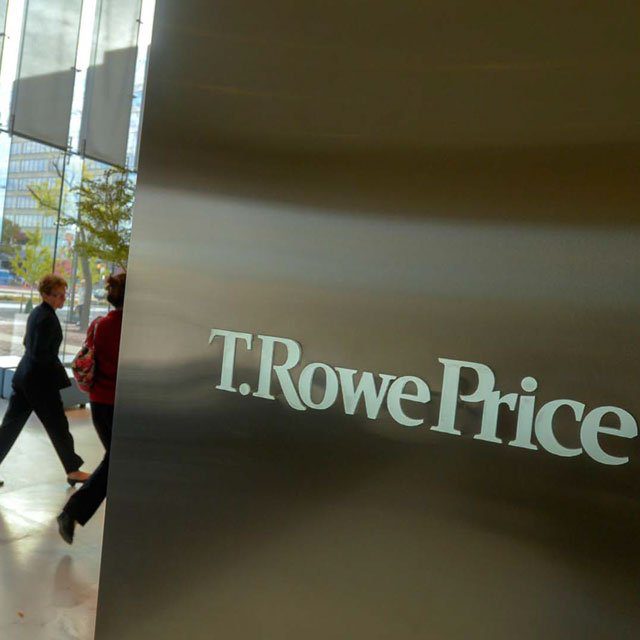Recession Risk Is Real as Long-Term Market Shift Appears to Take Shape: T. Rowe Price Outlook

It’s unclear whether the spike in stock/bond correlations seen in early 2022 was temporary or will persist, Page said. In the latter case, he said, alternatives to the traditional 60/40 stock/bond allocation that include dynamic hedging and other defensive strategies could offer advantages to investors.
Second-Half Earnings Risks
High inflation and rising interest rates remain the biggest threats to global financial markets in the second half of 2022, with elevated food and energy prices and supply chain disruptions arising from Russia’s war in Ukraine compounding those risks, according to the firm.
Rising interest rates slammed equity valuations in the first half, and growing economic concerns could slow corporate earnings and further pressure stock prices in the year’s second half, the firm noted.
“Although investors must contend with various headwinds, inflation is the risk that channels those pressures into financial asset prices,” Page said. “The three biggest challenges for investors over the new few months will be inflation, inflation, and inflation. It’s the transmission mechanism for all the other risks we are facing.”
The key question is whether these risks will push economies into recession, hitting corporate earnings, he warned. “Now, with growth concerns rising, the focus is shifting to the ‘E’ side of the P/E ratio,” Page said. “This could be the next shoe to drop in a challenging market.”
While poor earnings environments historically tend to favor growth investing, this time could be different, the firm said, citing the tech sector issues.
Russia’s war in Ukraine, China’s lengthy COVID-19 lockdowns, and central bank monetary tightening are likely to keep the investing environment difficult, according to the firm. It added that, in the near term, food and gas prices are likely to stay elevated as a result of the war, which could speed the transition to renewable energy longer term.
While an easing of supply chain bottlenecks might be able to help ease inflation, it also could cause problems, potentially limiting pricing power and eating into profits, the investment team noted.
Chinese equity valuations appear potentially attractive, with the regulatory climate possibly easing and turning more market friendly later this year, according to the firm.
An inflationary “shock on shock” from rising interest rates and high inflation is pressuring the Federal Reserve and other central banks to tame inflation by tightening monetary policy without squashing economic growth, Page noted.
The inflation outcome is key for global equity markets, Thomson said.
“If inflation settles around 3%, that could be a reasonable backdrop for equities. If it’s between 3% and 4%, things could get a bit more difficult. But if it’s over 4% it could be [Paul] Volcker time, which is to say interest rates could go much higher in order to break an inflationary spiral,” Thomson said.
“I’m reluctant to predict a leadership shift to non-U.S. equities in the second half, given the U.S. market’s extended outperformance over the past decade,” he added. “However, if the U.S. dollar appreciation seen in the first half subsides, and the technology sector continues to struggle, the relative performance of non-U.S. equity markets should at least improve.”
Disappointing oil and gas sector financial performance led many equity investors to underweight energy stocks heading into 2022, but “the Russian invasion was a wake-up call,” Thomson said. “It’s as if the market suddenly realized that energy is a strategically important sector, and that it probably has been undervalued. A lot of portfolios are feeling the consequences.”
(Image: Shutterstock)




